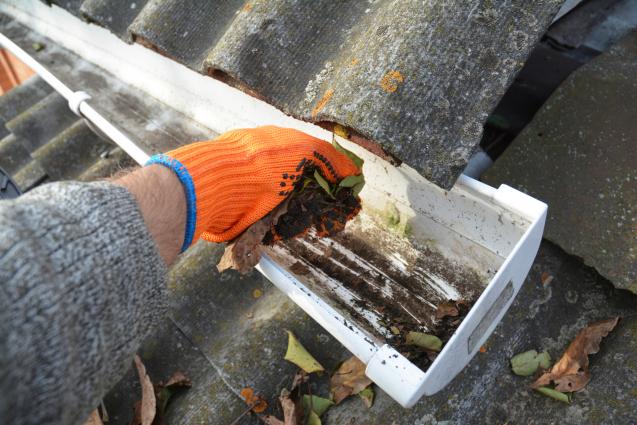
Effective Strategies for Diagnosing Outdoor Plumbing Issues
Without proactive problem identification, however, outdoor plumbing can pose significant issues that could evolve into expensive and inconvenient troubles. It's key that homeowners become skilled in spotting the early symptoms of outdoor plumbing concerns. This vital skill can be achieved by understanding common outdoor plumbing problems, recognising the symptoms of such issues, possessing information on the necessary tools for diagnosing the problems, and acquiring some basic do-it-yourself (DIY) problem-solving strategies.
Understanding Common Outdoor Plumbing Problems
Outdoor plumbing is unique due to its exposure to weather variations and other external and environmental factors. This puts it at a higher risk of specific problems than indoor plumbing. Problems typically encountered include blocked drains from leaves and debris, corroded pipes due to soil conditions, or freezing temperatures leading to burst pipes.
Ignoring these issues creates the potential for escalated troubles like water damage to property, septic backup, or hefty water bills. Appreciating the nature and implications of outdoor plumbing issues and their relationship to timely preventative and corrective actions is critical. Hence, homeowners familiarising themselves with these problems are more suited to maintaining their outdoor plumbing systems and avoiding unnecessary expenses.
Recognising Symptoms of Outdoor Plumbing Issues
Varied indicators point towards problems with outdoor plumbing. The signs might be visual, such as water leaks, flooding or puddles, wall discoloration, damp spots, mould, mildew, and surprisingly lush vegetation patches. Auditory indicators could include the sound of water running when no tap is open. Structural indicators might involve unexplained foundation shifting or cracks, which could result from leaking water affecting building integrity.
Identifying these symptoms can be influenced by factors like the plumbing system type, the materials employed in construction, the age of the system, choice of fixtures, quality of installation and routine maintenance practices, geographical considerations, and climate conditions. Hence, regular inspections become vital in ensuring these symptoms are caught early. An eagle-eyed homeowner can save substantial time and money by identifying problematic areas for immediate remedial action.
Tools Required for Diagnosing Outdoor Plumbing Issues
Several useful tools exist to simplify the process of diagnosing outdoor plumbing issues. A plumbing snake or drain auger can help clear minor blockages and retrieve debris. Plungers can also relieve blockages when used correctly. A sewer camera can provide an internal view of the condition of pipes and detect obstructions, cracks, or leaks.
Homeowners need to be safety-conscious when using these tools and follow the accompanying instructions to avoid causing further damage to the plumbing system. Homeowners needn't feel overwhelmed when dealing with common outdoor plumbing issues. With knowledge of these essential tools, homeowners can deal with common issues confidently and save on the cost of professional services.
DIY Strategies for Detecting Outdoor Plumbing Issues
You can tackle minor outdoor plumbing issues using certain DIY methods. For instance, homeowners can clear blocked outdoor pipes using a drain snake or detect leaks in garden hoses or sprinkler systems by looking for bulging, rusting, and painted spots, which are clear signals of a water leak. Even something as simple as pouring hot water can clear common blockages and prove to be an effective strategy in the short term.
However, these DIY fixes have limitations, especially when confronted with complexities like large-scale blockages, robust tree roots, buried pipes, and advanced leakage challenges. Even with the advantage of offering cost savings, these methods should be considered a temporary fix, often alleviating symptoms rather than addressing root causes.
When to Call a Professional Plumber
Homeowners must be aware of their limitations and service boundaries and should know when to engage professional expertise. Persistent blockages, recurrent leaks, total system backups, untraceable odours, or undue foundation movements warrant professional attention.
Effective methods to unblock outdoor plumbing exist, but a professional plumber is the best course of action for stubborn clogs or complex issues.
Professional plumbers have the skill, experience, and equipment to effectively combat challenging outdoor plumbing issues. They have access to advanced tools like high-pressure jet rodding systems or electronic leak detectors to address issues beyond typical household tools' reach. While their services seem costly upfront, badly executed DIY fixes worsen the problem and result in higher overall costs.
Conclusion
Understanding outdoor plumbing issues, recognising the signs early, using the right tools, and applying appropriate DIY strategies can go a long way in managing outdoor plumbing concerns. Expect to face challenges in dealing with complex issues that demand professional expertise. Regular maintenance and proactive detection of abnormalities are a homeowner's first line of defence to promote an efficient and robust outdoor plumbing system. Through informed strategies and judicious execution, homeowners can effectively confront the challenges tied to outdoor plumbing maintenance while minimising possible disruption and maximising longevity.



